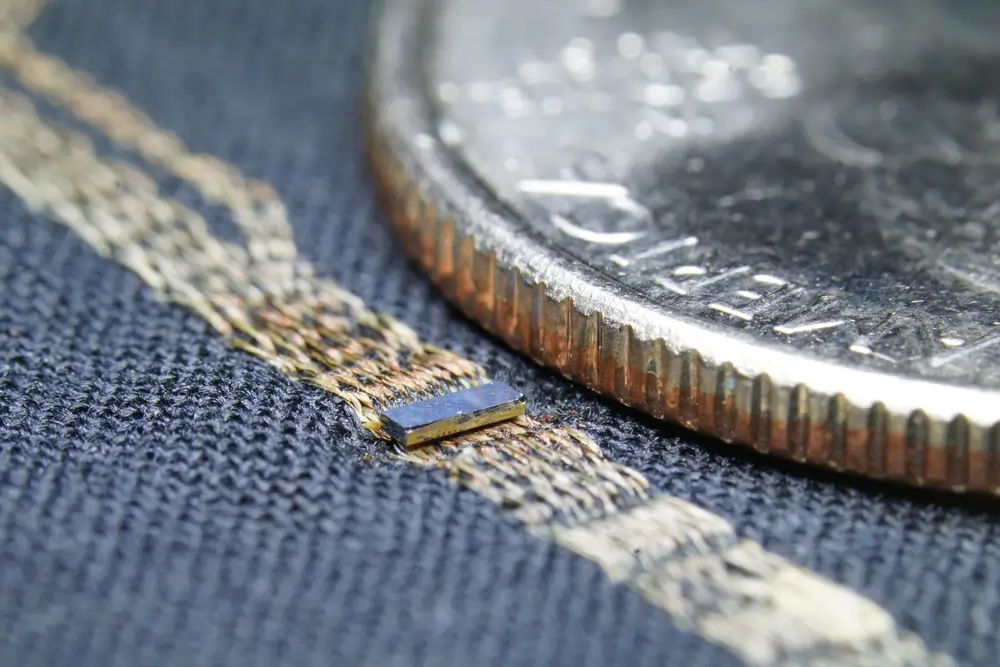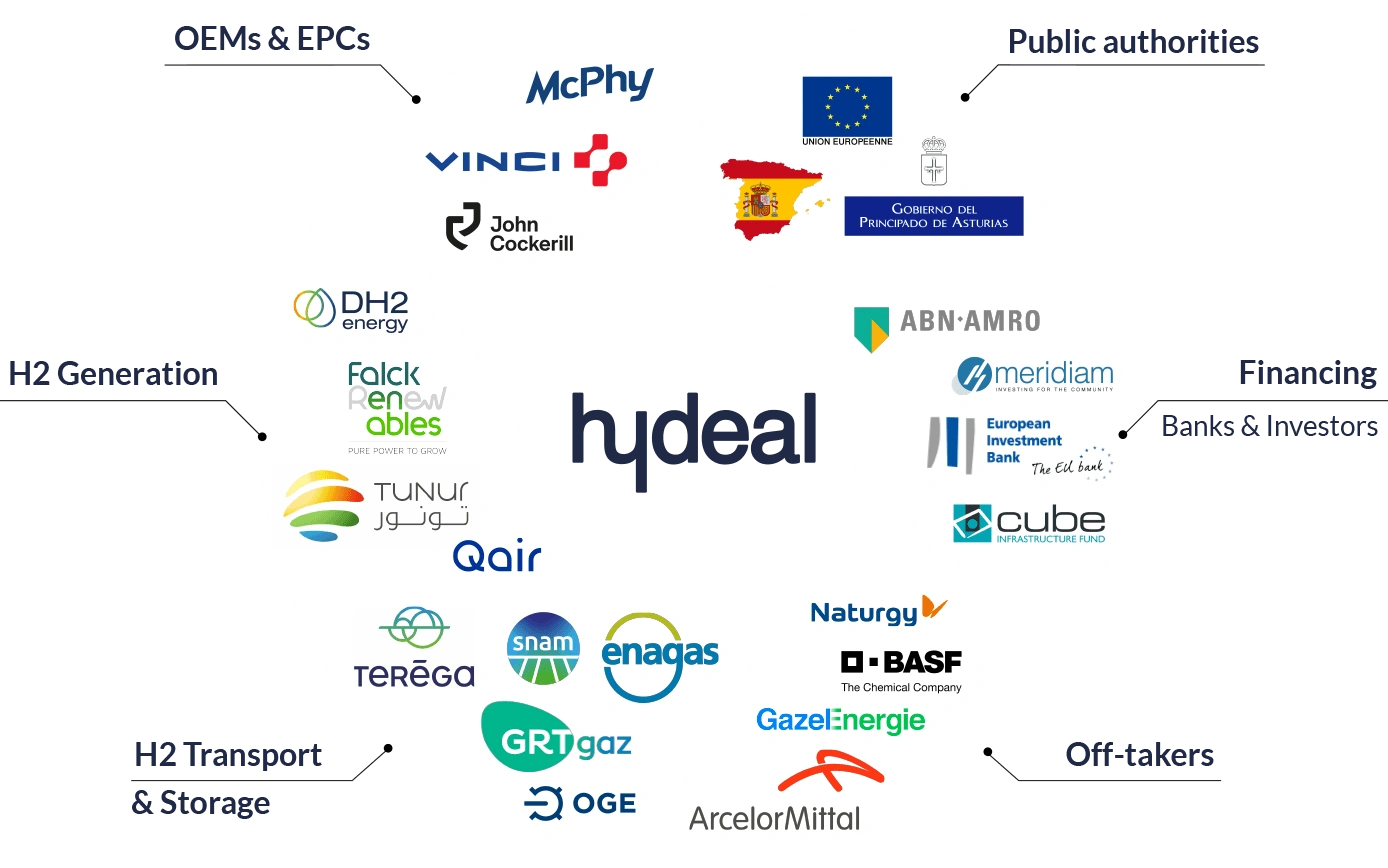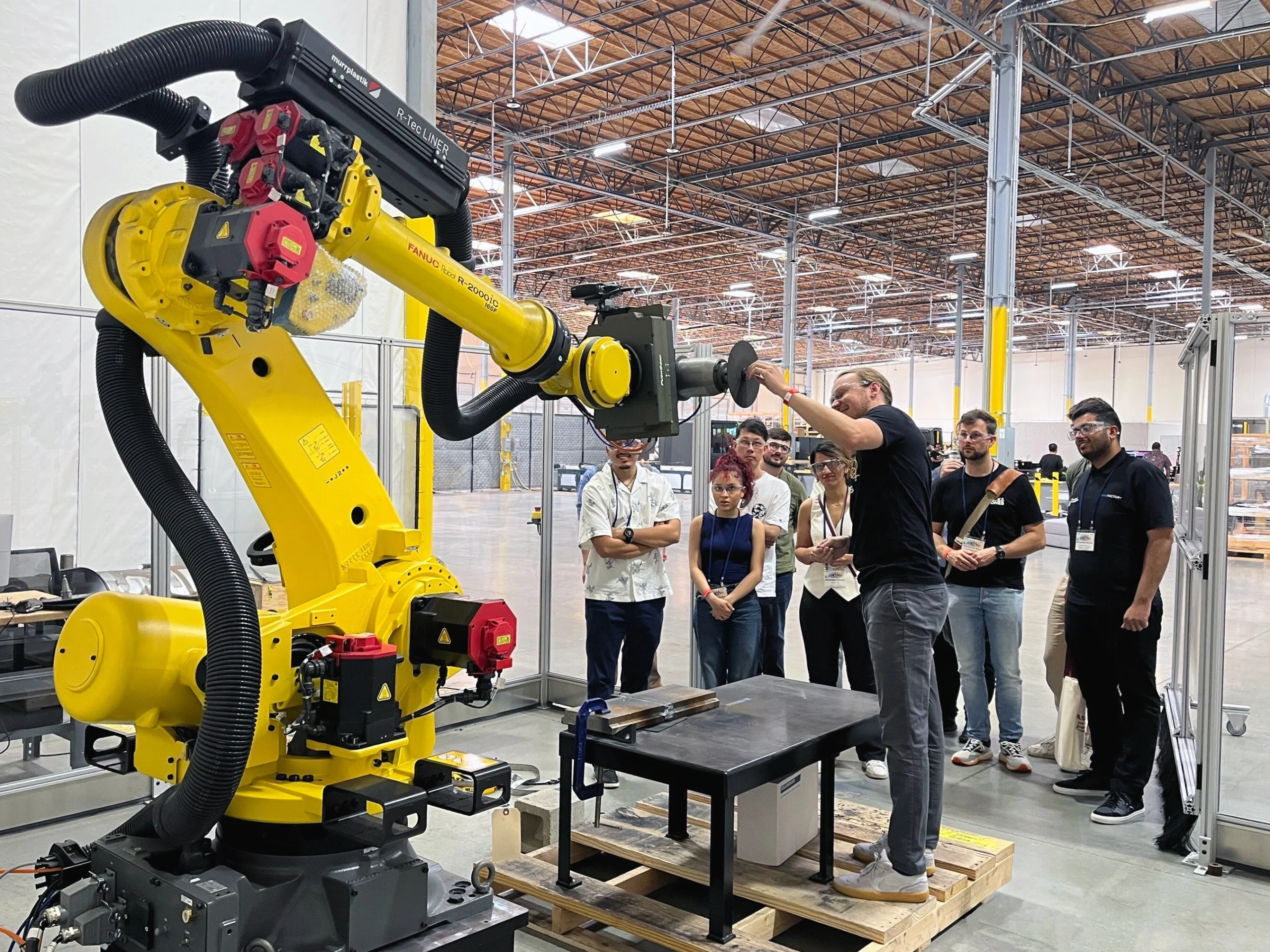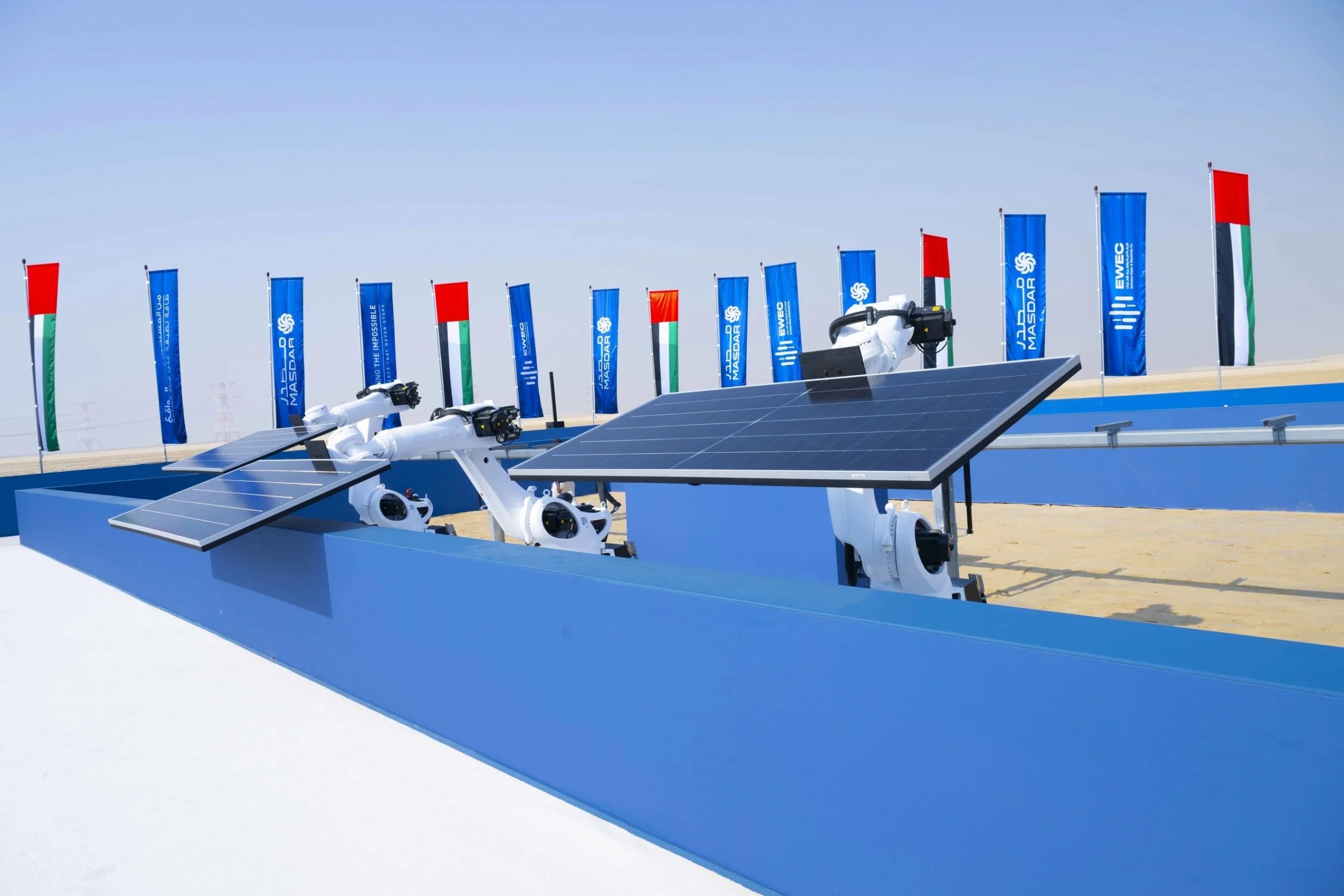News in brief: The US government is creating high-tech ‘spy underwear’

John E. Kaye

It’s a gadget to make 007 proud…and Q blush
High-tech spy underwear that captures audio, video and geolocation could soon be worn by secret agents following a “technological milestone” in the field of electronic textiles.
The US government reportedly invested more than $22million on its ‘SMART ePANTS’ program to transform shirts, trousers, socks and pants into state-of-the-art surveillance tools.
Officials wanted to produce clothing fitted with tiny cameras, sensors, and microphones to help spies gather intelligence and to assist police and other law enforcement personnel in their duties.
The goal was to create computerised garments that would look and feel like everyday clothes – a feat no public or private group has achieved before.
But the project took an “important step” forward yesterday after engineers attached tiny circuit boards called ‘chiplets’ to embroidered conductive yarns for the first time.
Using a process called ‘direct die attach’, experts fastened the chiplets to a series of fine metal strands capable of carrying electronic current. The space between yarns was the width of a human hair.
The feat, described as a world first, marks what US contractors Nautilus Defence say could lead to the scalable manufacture of active smart textiles (ASTs) – clothes that “look and feel like the fabrics people wear every day”.
ASTs are likely to be used by the Intelligence Community (IC), Department of Defense, and Department of Homeland Security.
The technology will enable those agencies to capture hands-free recordings without having to wear or carry bulkier surveillance equipment.
Nautilus Defence is one of several firms to have partnered with the Intelligence Advanced Research Projects Activity (IARPA), an arm of the Office of the Director of National Defense.
Other entities involved in the project include GE Aerospace, TRX Systems, Centeye, Anthro Energy , Arachne Labs, The University of Virginia, and The University of Michigan.
Jim Owens, the CEO of Nautilus Defense, said: “Textiles are simultaneously one of the most ubiquitous, impactful, and unassuming technologies developed in human history.
“With support from IARPA and collaborations with private industry and higher education, Nautilus is advancing the state of the art in textile-integrated sensor systems.
“We are proud to be a pioneer in the rapidly evolving advanced textile industry. The technological advancements we are making at Nautilus will strengthen our national security, create new economic opportunities in our region, and accelerate strategic research initiatives across a range of industries.”
Watch the SMART ePANTS Interview with IARPA PM Dawson Cagle
Main image: UVA-developed chiplet attached to 2D textile. © Nautilus Defense
Sign up to The European Newsletter
RECENT ARTICLES
-
 Exclusive: Global United Nations delegates meet in London as GEDU sets out new cross-network sustainability plan
Exclusive: Global United Nations delegates meet in London as GEDU sets out new cross-network sustainability plan -
 Fast fashion brands ‘greenwash’ shoppers with guilt-easing claims, study warns
Fast fashion brands ‘greenwash’ shoppers with guilt-easing claims, study warns -
 Europe’s shrinking middle class is turning to the radical right, new study suggests
Europe’s shrinking middle class is turning to the radical right, new study suggests -
 Private sector set to overtake government as main driver of corporate sustainability in 2026, report suggests
Private sector set to overtake government as main driver of corporate sustainability in 2026, report suggests -
 Europe emphasises AI governance as North America moves faster towards autonomy, Digitate research shows
Europe emphasises AI governance as North America moves faster towards autonomy, Digitate research shows -
 JPMorgan plans multibillion-pound tower in Canary Wharf
JPMorgan plans multibillion-pound tower in Canary Wharf -
 Strong workplace relationships linked to higher initiative among staff, study finds
Strong workplace relationships linked to higher initiative among staff, study finds -
 Brexit still hitting poorest hardest as food costs rise and mental health worsens
Brexit still hitting poorest hardest as food costs rise and mental health worsens -
 Global crises reshape household food habits, major review finds
Global crises reshape household food habits, major review finds -
 Sir Trevor McDonald honoured at UWI London Benefit Dinner celebrating Caribbean achievement
Sir Trevor McDonald honoured at UWI London Benefit Dinner celebrating Caribbean achievement -
 Adelphi Masterfil acquires Karmelle to bolster UK machinery manufacturing
Adelphi Masterfil acquires Karmelle to bolster UK machinery manufacturing -
 Cost-of-living pressures push London staff to seek practical perks
Cost-of-living pressures push London staff to seek practical perks -
 AI and scent-science firm Arctech expands into agriculture with Rothamsted base
AI and scent-science firm Arctech expands into agriculture with Rothamsted base -
 Malta PM says future growth hinges on stronger higher-education system
Malta PM says future growth hinges on stronger higher-education system -
 Golden visa surge sets the stage for InvestPro Greece 2025
Golden visa surge sets the stage for InvestPro Greece 2025 -
 Germany bucks Europe’s high-growth surge as continent sees strongest expansion in five years
Germany bucks Europe’s high-growth surge as continent sees strongest expansion in five years -
 Women turning to entrepreneurship to fight age bias at work, study shows
Women turning to entrepreneurship to fight age bias at work, study shows -
 Lithuania launches ‘Investment Highway’ to cut major project approval times from three years to three months
Lithuania launches ‘Investment Highway’ to cut major project approval times from three years to three months -
 Islamic Development Bank and London Stock Exchange Group launch study on ‘development traps’ facing emerging economies
Islamic Development Bank and London Stock Exchange Group launch study on ‘development traps’ facing emerging economies -
 Europe’s HyDeal eyes Africa for low-cost hydrogen link to Europe
Europe’s HyDeal eyes Africa for low-cost hydrogen link to Europe -
 Complex questions still need people, not machines, researchers find
Complex questions still need people, not machines, researchers find -
 Study links CEO political views to recognition of women inventors
Study links CEO political views to recognition of women inventors -
 GrayMatter Robotics opens 100,000-sq-ft AI robotics innovation centre in California
GrayMatter Robotics opens 100,000-sq-ft AI robotics innovation centre in California -
 UAE breaks ground on world’s first 24-hour renewable power plant
UAE breaks ground on world’s first 24-hour renewable power plant -
 WomenIN Festival 2025 unveils expanded programme in partnership with FNB
WomenIN Festival 2025 unveils expanded programme in partnership with FNB



























